
Australian Mungbean Association outgoing president, Dale Reeves (Shepherd Grain) with the new president, James Hunt (Australian Choice Exports).
THE AUSTRALIAN Mungbean Association (AMA) has welcomed a new president with Australian Choice Exports’ James Hunt taking over the role from Shepherd Grains’ Dale Reeves.
Mr Hunt was elected to the role at the organisation’s Annual General Meeting held in Toowoomba on Wednesday.
Steve Foran from the Woods Group was named vice president, after Phill Ryan decided not to contest the position.
Tracey Byrne-Morrison will continue as secretary.
In his address to the AGM, Mr Reeves said the 2021-22 season was mixed for mungbean growers, most of which are located from Central Queensland (CQ) to central New South Wales.
“In the mix of the season was some very high-grade processing beans to some of the poorest qualities seen in many years,” Mr Reeves said.
“By all accounts the traders, processors, and packers had taken the initial grower disappointment to then finding new opportunities to dispose of the low-quality stocks, providing relief to not only growers but industry alike.”
He said the past two wet years also provided an opportunity to further research diseases that are more prevalent in La Niña conditions.
“The research focus on trying to understand the various diseases is changing our way of seeing and doing when it comes to applied agronomy, and is directing breeding in new screening of tolerant varieties.
“Fusarium had its most impact on the Darling Downs with halo blight still a major limitation in northern NSW and southern Queensland.
“I commend the quick actions of the researchers and breeding team for conducting research on these diseases…”
‘Golden season’ possible
The AMA is looking forward to the possibility of above-average mungbean hectares in the upcoming season, especially as growers in parts of NSW look for a fast-growing summer crop to capitalise on the excess available water.
AMA Strategic Planning Committee convenor and agronomist, Paul McIntosh, said this could be the season that boosts the crop to help achieve the industry’s aim of 200,000-tonne annual production.
“We have a lot of country that has not had a mungbean in it and that is quite capable of growing it, particularly this year,” Mr McIntosh said.
“With all the moisture down south, this could be the golden year for growing mungbeans.”
He said the five-year average production is about 90,000t, which would mean the number of hectares would need to more than double to hit the target.
This could only be achieved by broadening the regions where mungbeans are grown and promoting them as a “summer crop of choice” in NSW.
Mr McIntosh said there has already been growth in areas, such as, the Gulf Country, coastal CQ and southern NSW.
However, more information and support will be needed for growers in those regions to ensure they can make the crop financially viable.
“The push is that if we are going to grow our sector and if we are going to hit that 200,000t, than it has to be organic growth,” Mr Reeves said.
“We have to be able to take it into new regions and new areas.
“The only way we are going to do that is to support new [AMA] members and to support new research.”
Variety research key
Ensuring reliable and even increased yields via breeding research will also be needed to hit this production goal.
As part of the meeting, Queensland Department of Agriculture and Fisheries (DAF) researchers Merrill Ryan and Thomas Noble and University of Southern Queensland’s Noel Knight gave an update on their mungbean work aimed at breeding high-yielding, disease-resistant varieties.
Under the National Mungbean Improvement Project, the DAF initiative featured a preliminary framework to guide mungbean variety research, which included seven key product profiles from broadly adapted varieties to region-specific and niche market varieties.
The research included results from three years of trials at sites in Queensland and NSW.
Dr Ryan said these trials showed that the Jade-AU variety “is still king” in terms of yield for most regions, except for southern NSW.
She said halo blight-resistant variety, Opal-AU, also proved that it could handle the increased disease pressures of the past two seasons.
Dr Ryan said overall the trials showed that there is a market for region-specific varieties, which should be one target of future research.
Formed in 1986, the AMA represents all sectors of the Australian mungbean industry.
Its members include plant breeders, research agronomists, grain traders, seed graders and packers, crop consultants and representatives from a range of other government agencies and private sector enterprises.
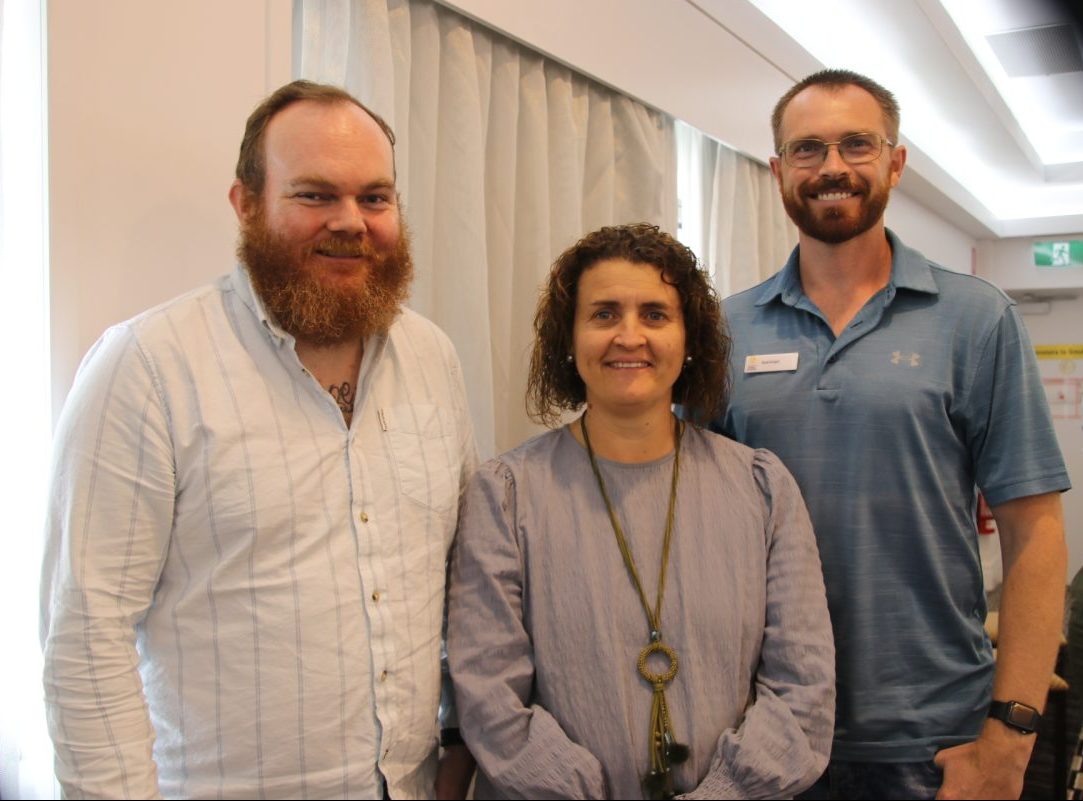
Thomas Noble and Merrill Ryan, DAF, with Noel Knight, UniSQ.
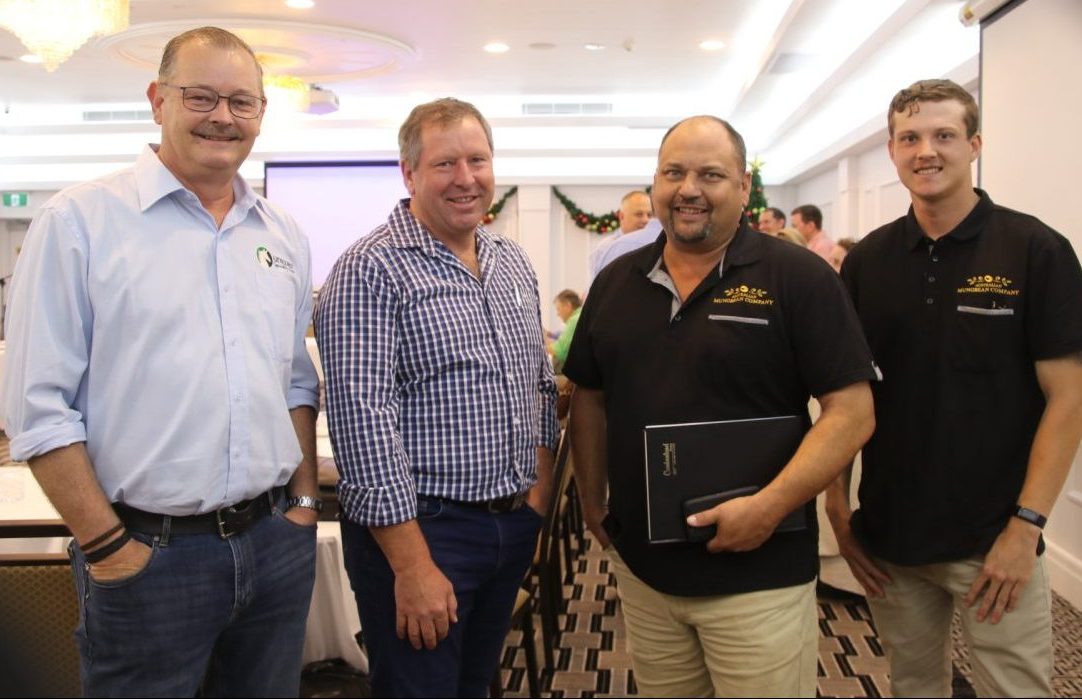
Jake Williams, Unicorn Specialty Foods, with Mark Schmidt, Deacon Seeds, and Damien White and Ben Hancox from Australian Mungbean Company.

Darren Smith, Polesy Packaging, and Phill Ryan, Olam.

Jessica Zhang and Phong Le, Aviip Group.
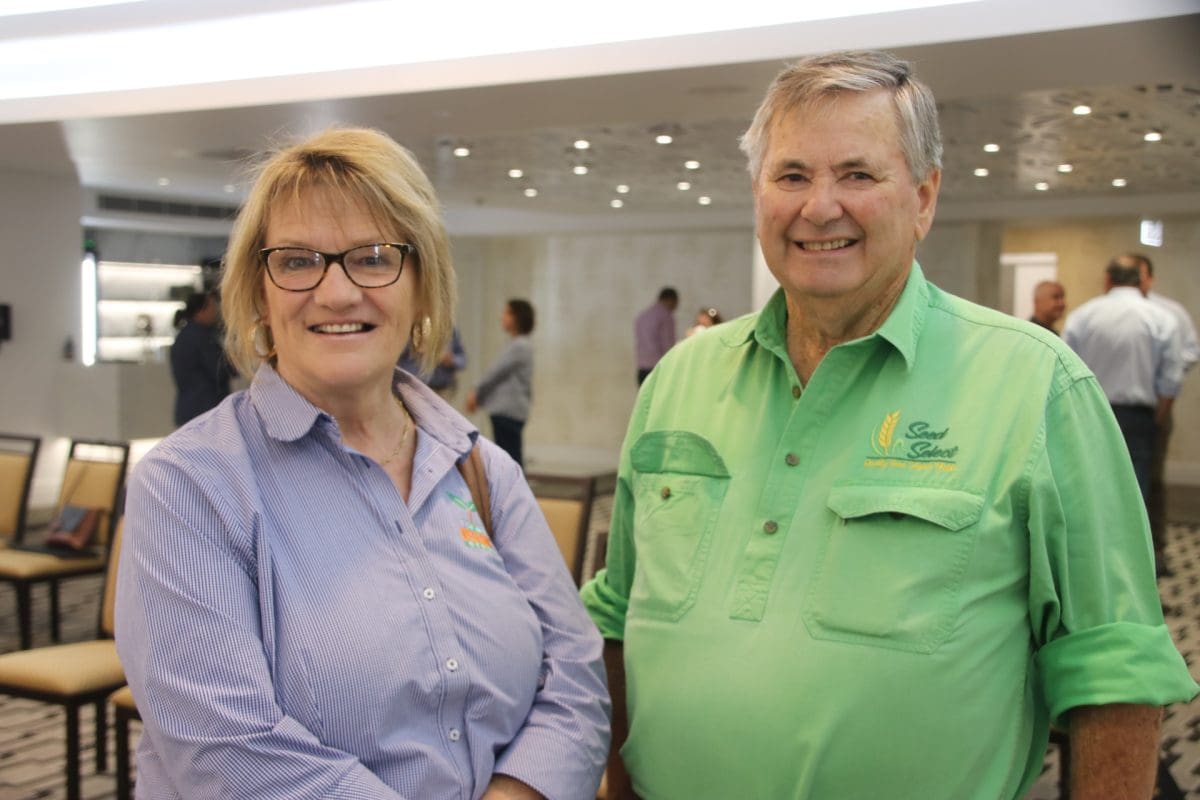
Leigh Beutel, Deacon Seeds, and Rob Evans, Seed Select.
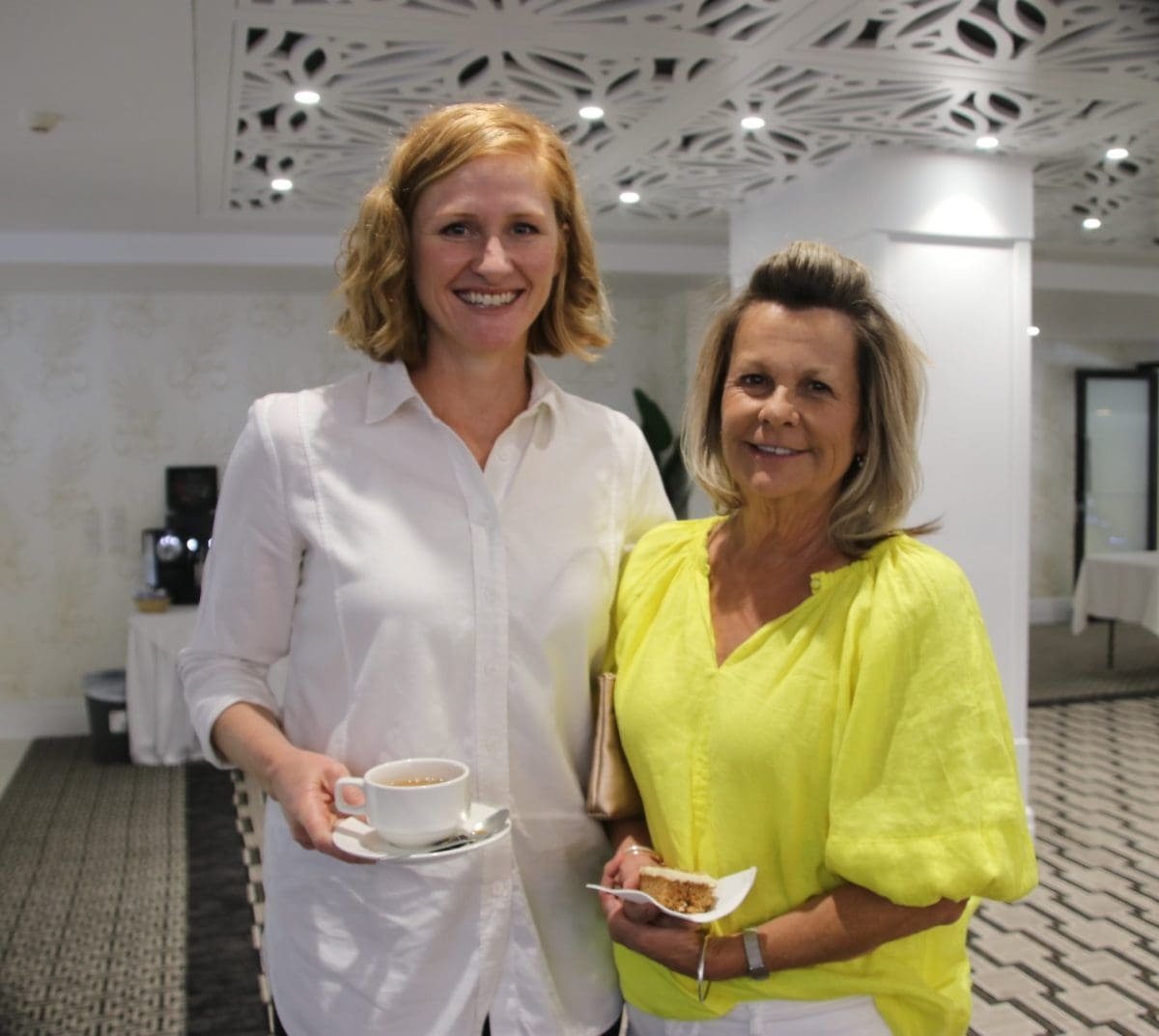
Meagan Lobban, Queensland Cotton, with AMA secretary Tracey Byrne-Morrison.
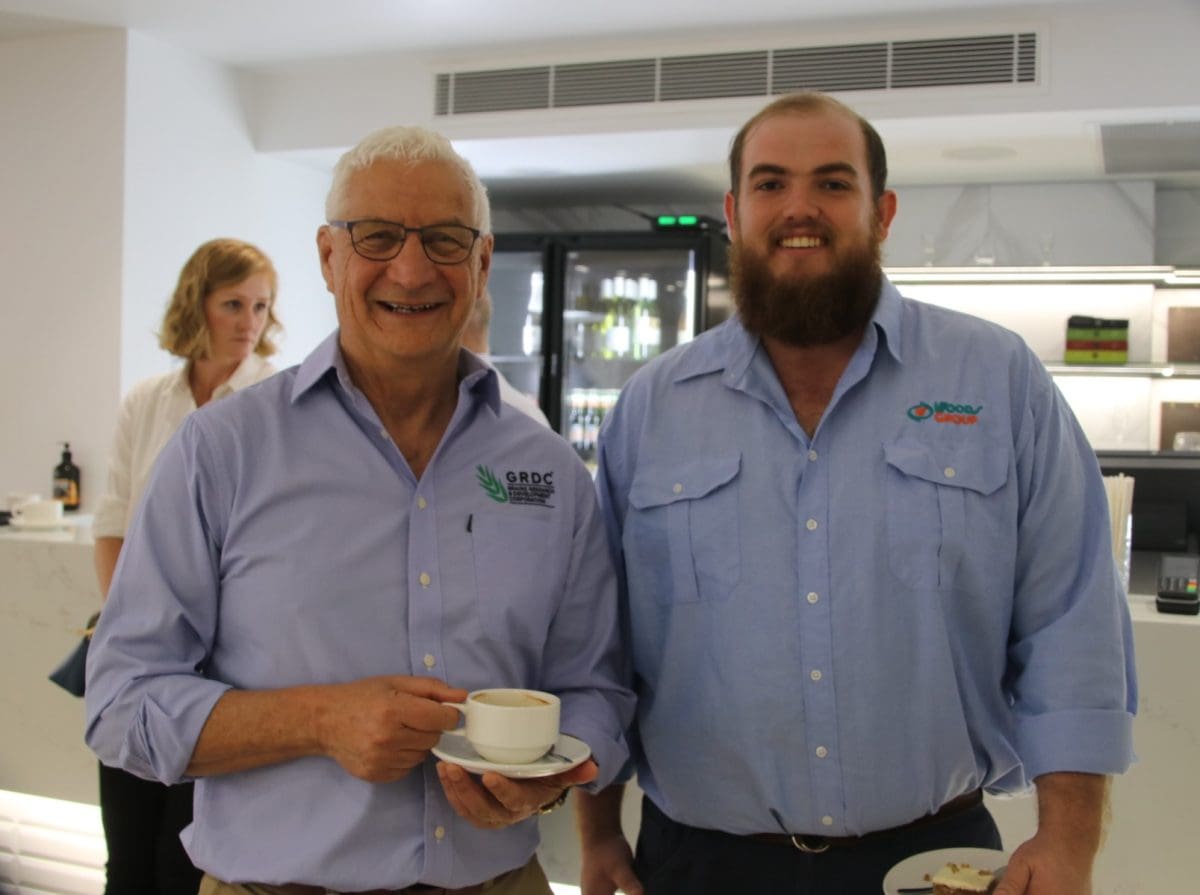
John Rochecouste, GRDC, and Nick Bartholomew, Woods Group.
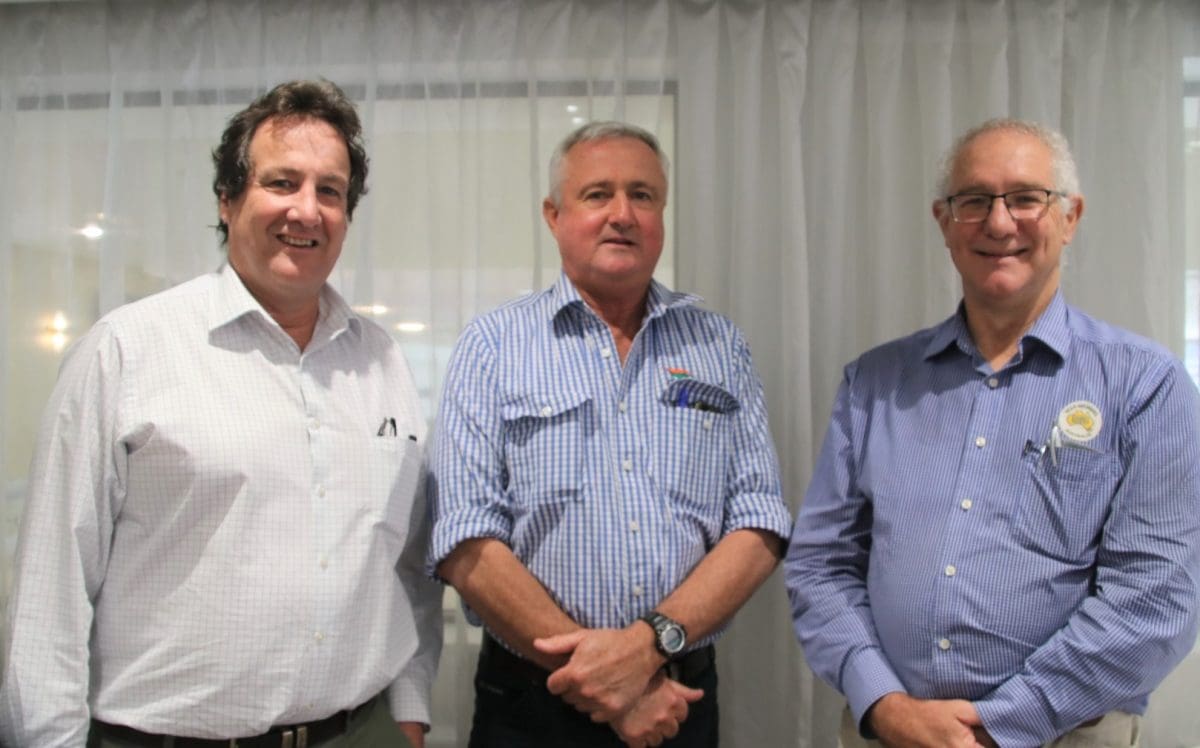
James Saunders, CIS Control Union; Ben McIntyre, PB Agrifood; and David Thompson, Bean Growers Australia.
Grain Central: Get our free news straight to your inbox – Click here

HAVE YOUR SAY